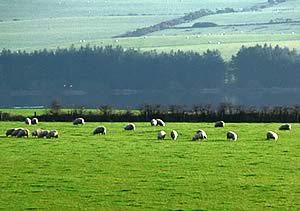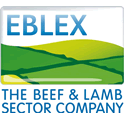 |
|||||||||
|
|||||||||||||||||||||||||||||||||||||||||||||||||||||||||||||||||
|
|
Boost Returns with Better Planned Ewe Replacements Lowland flocks could gain £15/ewe or more in the coming year by replacing ewes every four years instead of every five, according to the latest English Beef & Lamb Executive costings.
More frequent ewe replacement means retaining only the more productive ewes, together with more rapid improvement in both ewe quality and health status through better breeding or buying. EBLEX calculates this can lead to an extra 0.2 lambs per ewe per year plus extra carcase weights of 1 kg/lamb on average, boosting the annual weight of carcase sold per ewe by some 20%. This is worth over £14/ewe at the average 265p/kg deadweight realised by costed English lowland flocks in 2005/6 – more at higher 2006 season prices. At the same time, the costings reveal that selling younger ewes in better condition can add a further £1 per ewe per year to the advantage by reducing the annual replacement cost, giving a net benefit of £15.31per ewe per year. Replacement Regime Costings (EBLEX)
To take advantage of this opportunity, the latest EBLEX Action for Profit Factsheet on planned weaning (available at www.eblex.org.uk) advises flocks to:
|
||||||||||||||||||||||||||||||||||||||||||||||||||||||||||||||||

|
|
||||||||||||||||||||||||||||||||||||||||||||||||||||||||||||||||
| home | agri-services | pedigree
pen | news | dairy | beef | machinery property | organisations | site map |
|||||||||||||||||||||||||||||||||||||||||||||||||||||||||||||||||

